With {sf} you could try along the exemplary lines below. A polygon with hole can be used for clipping, too.
library(sf)
the_points <- st_multipoint(cbind(rnorm(10), rnorm(10)))
the_voronoi <-
the_points |>
st_voronoi() |>
st_geometry() |>
lapply(FUN = `[`) |>
lapply(FUN = st_multipolygon) |>
st_as_sfc() |>
st_cast('POLYGON')
## create a polygon with hole(s) by supplying a list of
## matrices, all after the first matrix defining the holes:
the_clip_with_hole <-
3 * st_polygon(list(
-.5 + cbind(c(0, 1, 1, 0, 0), c(0, 0, 1, 1, 0)),
-.25 + .5 * cbind(c(0, 1, 1, 0, 0), c(0, 0, 1, 1, 0))
)
)
the_clipped_voronoi <- the_voronoi |>
st_intersection(the_clip_with_hole)
the_voronoi |> plot()
the_points |> plot(add = TRUE)
the_clipped_voronoi |> plot(col = 'red', lwd = 3, add = TRUE)
Converting the result of st_voronoi to a clippable multipolygon turned out some hazzle.

edit
Alternative with {deldir}:
library(deldir)
the_points <- list(x = rnorm(10), y = rnorm(10))
## return Voronoi tesselation object (of class "deldir")
voronoi_object <- deldir(the_points)
corners <- c(-1, 1, 1, -1, -1)
clip_with_hole <-
list(
poly = list(x = .5 * corners, y = .5 * rev(corners)),
hole = list(x = .25 * corners, y = .25 * rev(corners))
)
## return Voronoi polygons ("tiles") and plot
## original:
tile.list(voronoi_object) |> plot()
## clipped:
tile.list(voronoi_object, clipp = clip_with_hole) |>
plot(lwd = 3, showpoints = FALSE, fillcol = rainbow(4), add = TRUE)





